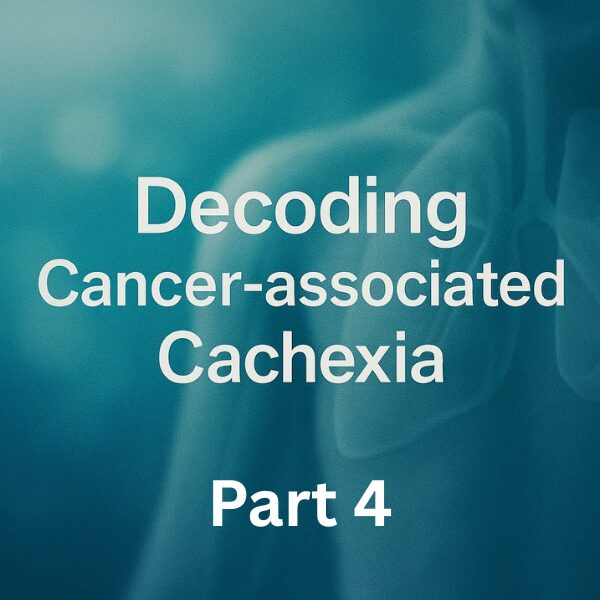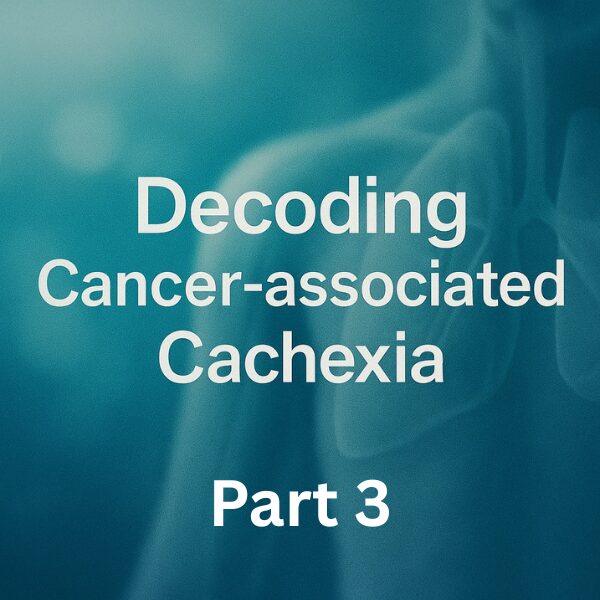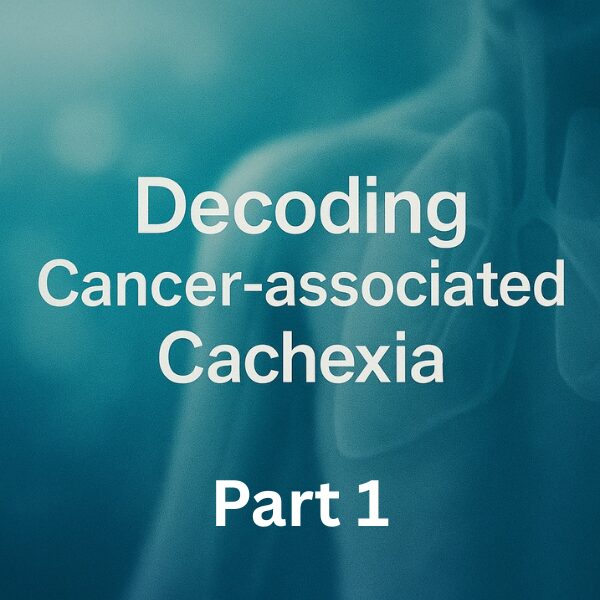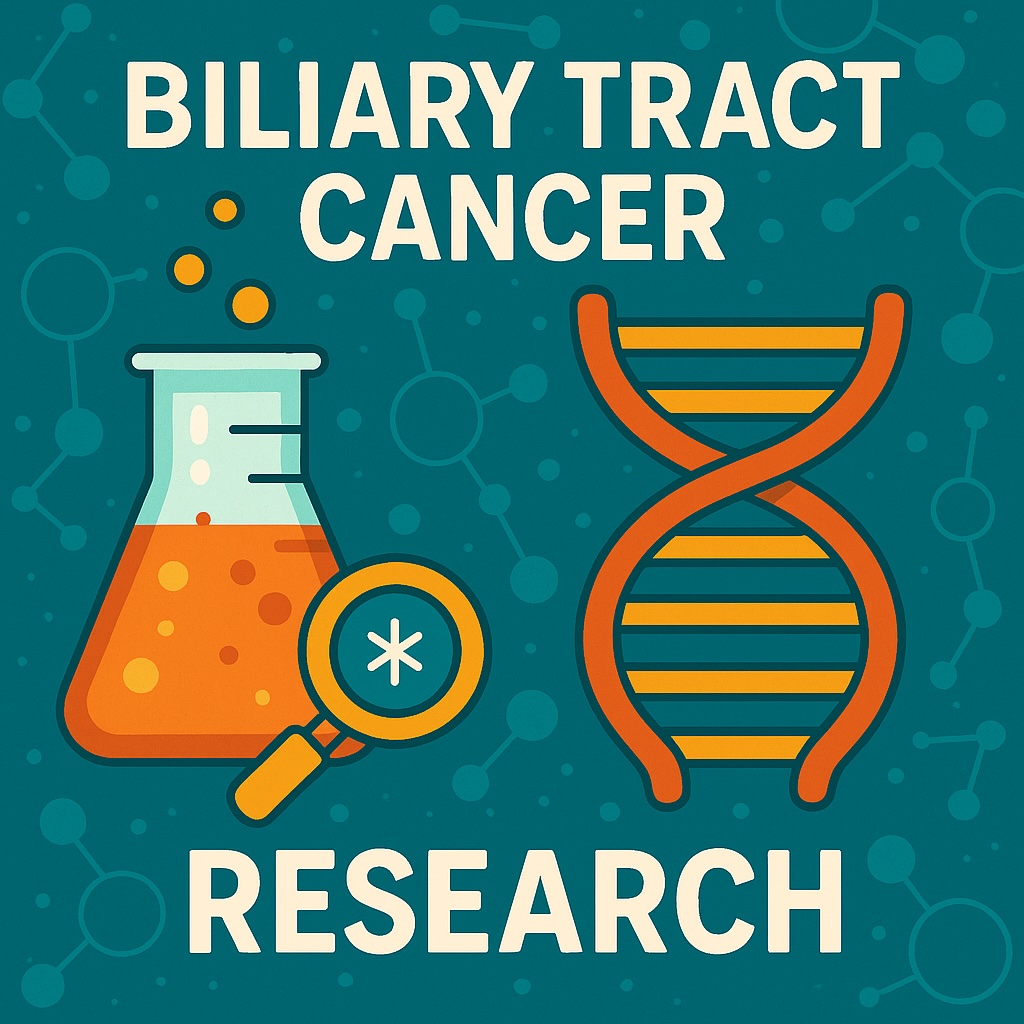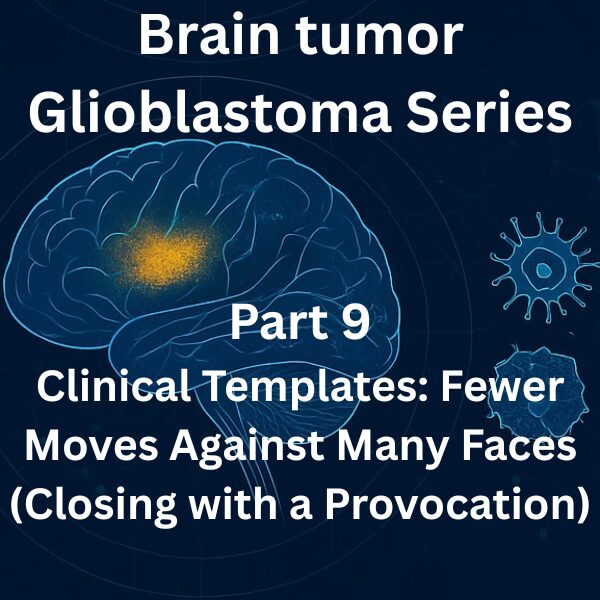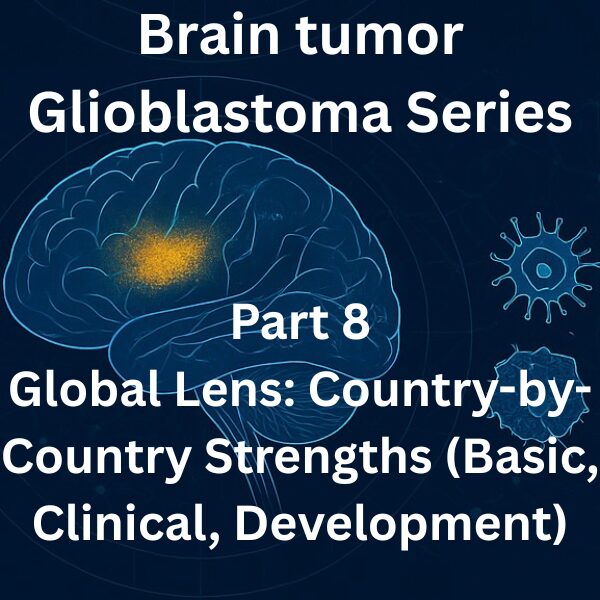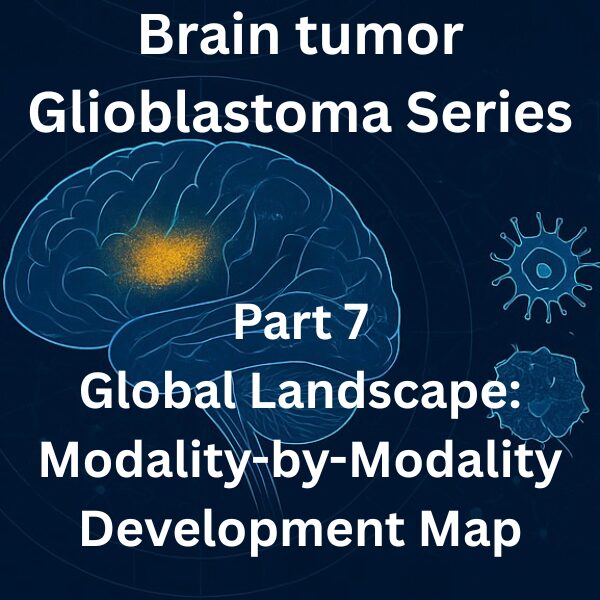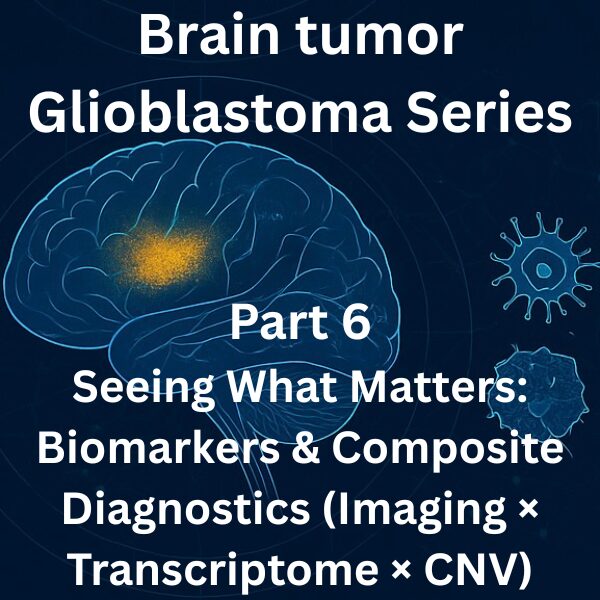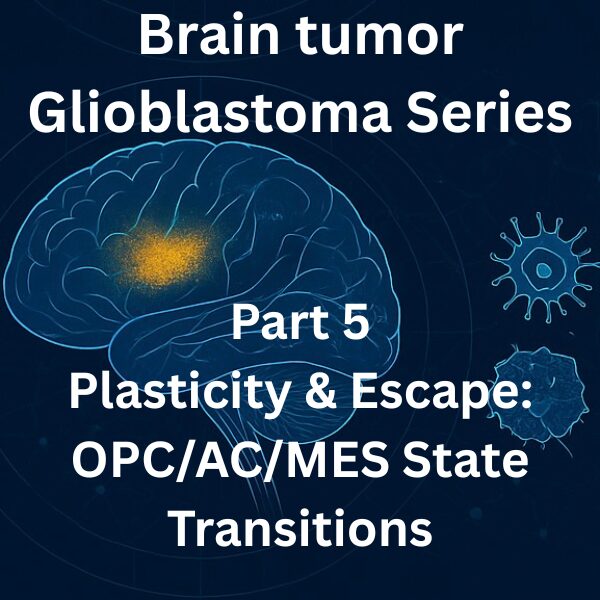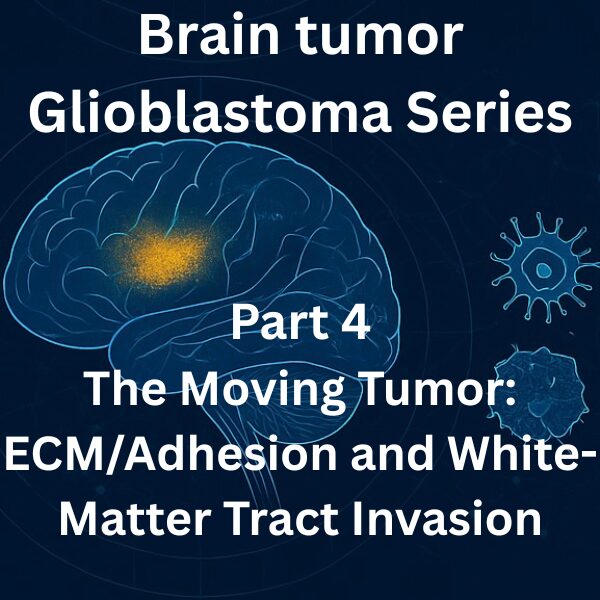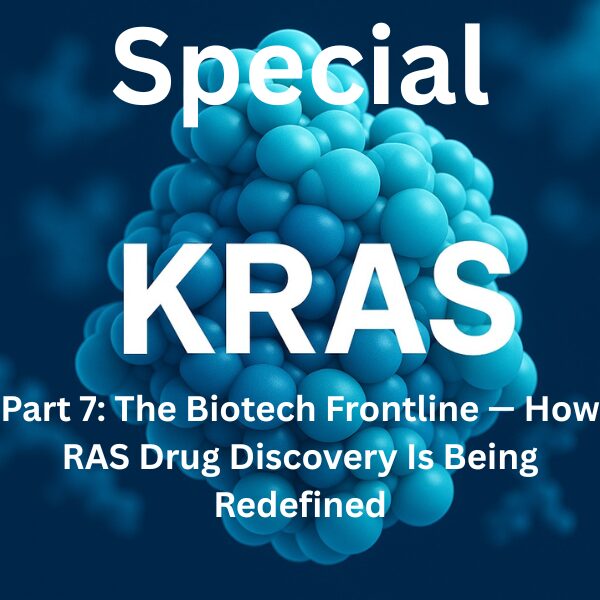Therapeutics– tag –
-

Series: Decoding Cancer-Associated Cachexia — From Basics to Breakthroughs | Part 5
What Works Today — Nutrition, Exercise, Anti-inflammation, and Current Drugs Part 5 is a how-to guide. We align home and clinic workflows and run nutrition, resistance exercise, inflammation/symptom control as a package. Medications are ... -

Series: Decoding Cancer-Associated Cachexia — From Basics to Breakthroughs | Part 4
What Breaks in CAC? — Human Evidence on Appetite, Metabolism, Fat & Muscle In Part 4 we look behind the scenes using human data: central appetite circuits, systemic metabolism, adipose tissue, and skeletal muscle. We map these mechan... -

Series: Decoding Cancer-Associated Cachexia — From Basics to Breakthroughs | Part 3
Making CAC Visible — Phenotyping with CT, Function, and PROs Part 3 is a practical guide to phenotyping in clinic. Combine CT body composition, simple functional tests, and patient-reported outcomes (PROs) to sort patients into actionabl... -

Series: Decoding Cancer-Associated Cachexia — From Basics to Breakthroughs | Part 2
Don’t Miss It — Home & Clinic Checklists + FAQs Part 2 is a hands-on template pack. Use these copy-and-paste formats for two-week home monitoring and quick clinic checks so patients, families, and clinicians can share the same langua... -

Series: Decoding Cancer-Associated Cachexia — From Basics to Breakthroughs | Part 1
What Is CAC? — The Disease You Can’t See by Weight Alone This is a “super-basic” primer for patients, families, and general readers. We minimize jargon and focus on signs you can notice at home and what to bring to clinic visits. Why wei... -

New Horizons in Biliary Tract Cancer: Insights from Cancer Discovery on Molecular Subtypes and Therapeutic Targets
Biliary tract cancer (BTC), encompassing intrahepatic and extrahepatic cholangiocarcinoma as well as gallbladder cancer, remains a highly lethal malignancy with limited treatment options. In 2025, Cancer Discovery published a landmark st... -

Glioblastoma Series | Part 9 (Finale): Fewer Moves, Deeper Reach — Answering Plasticity, Diversity, and State Shifts
Fewer Moves, Deeper Reach — Answering Plasticity, Diversity, and State Shifts This closing chapter weaves the series into design principles that tackle GBM’s plasticity (OPC/AC/MES transitions), intratumoral diversity, and therapy-driven... -

Glioblastoma Series | Part 8: Who Excels Where? — Country Strengths, Access Gaps, and Implementation Paths
Who Excels Where? — Country Strengths, Access Gaps, and Implementation Paths The same plan can reach very different depths depending on the country and center. This chapter maps global strengths across basic research, clinical neuro-onco... -

Glioblastoma Series | Part 7: Global Landscape — A Modality-by-Modality Development Map
Global Landscape — A Modality-by-Modality Development Map Building on seed (pre-CC), niche (microenvironment), mobility, plasticity, and composite diagnostics, this chapter surveys GBM development by therapeutic modality. We focus on des... -

Glioblastoma Series | Part 6: Seeing What Matters — Composite Diagnostics (Imaging × Transcriptome × CNV)
Seeing What Matters — Composite Diagnostics (Imaging × Transcriptome × CNV) Therapy moves only when we can answer “for whom, when, and what.” This chapter maps a beginner-friendly framework for composite diagnostics across imaging, trans... -

Glioblastoma Series | Part 5: Plasticity & Escape — A Gentle Guide to OPC/AC/MES State Transitions
Plasticity & Escape — A Gentle Guide to OPC/AC/MES State Transitions Why do single agents rarely suffice? Because GBM has plasticity—it can shift among OPC-like, AC-like, and MES-like faces. Let’s build intuition and turn it into a p... -

Glioblastoma Series | Part 4: The Moving Tumor — Intuitive Guide to ECM, Adhesion, and White-Matter Tract Invasion
The Moving Tumor — Intuitive Guide to ECM, Adhesion, and White-Matter Tract Invasion Why does GBM come back even after “maximal” surgery? This beginner-first chapter explains the mobility of GBM via ECM, adhesion signaling, and the highw... -

Glioblastoma Series | Part 3: Extinguishing the Spark — Microenvironment & Immunity (MIF–CD74 Primer)
Extinguishing the Spark — Microenvironment & Immunity (MIF–CD74 Primer) This beginner-friendly chapter looks beyond the tumor mass to the “place” that makes GBM easier to grow: the microenvironment. We introduce brain immunity, ECM, ... -

Glioblastoma Series | Part 2: Where It Begins — SVZ Hypothesis and Precancerous Cells
Where It Begins — SVZ Hypothesis and Precancerous Cells (pre-CC) Beyond the tumor mass: a beginner’s map of how GBM may arise, diversify, and interact with its “niche”. Today’s Goals (3-Minute Preview) Understand what the SVZ (subventric... -

Glioblastoma Series | Part 1: Clinical Map — Symptoms, Diagnosis, Standard of Care, and the Role of TTF
A gentle, beginner-friendly walkthrough of GBM care from first symptoms to initial therapy and what to consider at recurrence—using clear, minimal jargon. Today’s Goals (3-Minute Preview) Recognize common presenting symptoms that trigger... -

Glioblastoma Series | Part 0: Primer — Brain Basics & a By-the-Numbers View of GBM
A beginner-friendly introduction: understand the brain’s building blocks and a simple, number-based overview of GBM (incidence, prognosis, and quality of life). Series Table of Contents Part 0 | GBM Primer: Brain Basics and By-the-Number... -

ecDNA in Glioblastoma: Spatial Heterogeneity and EGFRvIII Evolution (Part 2)
This Part focuses on how extrachromosomal DNA (ecDNA) shapes spatial heterogeneity and evolution in glioblastoma (GBM). We outline the extreme copy-number gains of drivers (EGFR/PDGFRA/CDK4) on ecDNA, region-to-region response gaps, and ... -

ecDNA in Cancer: Mechanisms of Diversity and Resistance (Part 1)
Extrachromosomal DNA (ecDNA) reshapes oncogene dosage, transcription, phenotypes, and spatial organization, thereby accelerating intratumor heterogeneity and therapy resistance. In Part 1, we briefly introduce non-GBM evidence up front a... -

KRAS Special Series Part 8 (Final): The Next Decade — From Cancer Control to Regeneration and Longevity
For over four decades, KRAS symbolized the “undruggable.” By the mid-2020s, it became the flagship of precision oncology. This final chapter summarizes that evolution—from structural biology to AI-driven therapeutics—and looks ahead to h... -

KRAS Special Series Part 7: The Biotech Frontline — How RAS Drug Discovery Is Being Redefined
The race to drug KRAS is reshaping not only science but the entire biotech ecosystem. Once deemed “undruggable,” KRAS became a proving ground for startups, academic spinouts, and AI-driven discovery. This part reviews key players—Revolut...

